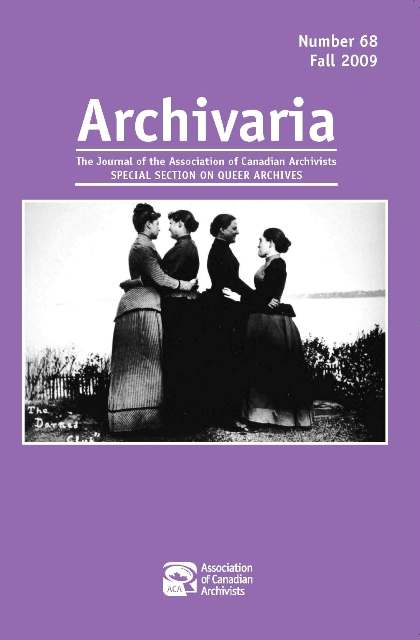Killed Negatives: The Unseen Photographic Archives
Résumé
Much has been written about Roy E. Stryker’s large-scale photographic projects with the Farm Security Administration in Washington, DC and Standard Oil Company of New Jersey – projects lasting from 1935 to 1950. This paper is devoted to one of his less well-known projects, the Pittsburgh Photographic Library (1950–1955), and the archives that subsequently evolved from this project. Within this picture archives there is a subset of images that for over fifty years were mostly inaccessible; since the end of the project in 1955, they were boxed-up and stored out of sight. Stryker and his photographers referred to these images as kills or killed negatives. First, the paper offers a broad historical overview of Stryker’s career and his relationship to photography leading up to the start of the Pittsburgh Photographic Library. Second, the paper examines the nature of Stryker’s killed negatives, recontextualizing them as archival photographic records and explores the discursive boundaries at work between surrounding text, editorial markings, and the images themselves. Third, the paper demonstrates that meaning can be derived not just from what records archivists bring to life through their arrangement and descriptive practices, but also through those records that remain buried in their vaults.
RÉSUMÉ
On a beaucoup écrit au sujet des projets photographiques à grande échelle de Roy E. Stryker avec la Farm Security Administration à Washington et la Standard Oil Company du New Jersey, projets qui ont eu lieu entre 1935 et 1950. Cet article est consacré à l’un de ses projets les moins biens connus, la Pittsburgh Photographic Library (1950-1955), et aux archives qui ont été créées par ce projet. Ces archives photographiques contiennent des ensembles d’images qui, pendant plus de cinquante ans, étaient pour la plupart inaccessibles; depuis la fin du projet en 1955, elles avaient en effet été emboîtées et entreposées. Stryker et ses photographes qualifiaient ces images de « mises à mort » (« kills »), ou de « négatifs mis à mort » (« killed negatives »). Dans un premier temps, cet article offre un aperçu historique de la carrière de Stryker et de sa relation avec la photographie jusqu’au début de la Pittsburgh Photographic Library. Ensuite, il examine la nature de ses « négatifs mis à mort », en les traitant comme des documents d’archives photographiques, tout en explorant les frontières discursives entre le texte environnant, les annotations de rédaction et les images elles-mêmes. Enfin, l’article montre que l’on peut donner un sens non seulement aux documents que les archivistes ont mis en valeur en les classant et en les décrivant, mais aussi aux documents qui demeurent cachés dans leurs voûtes.
Authors of manuscripts accepted for publication retain copyright in their work. They are required to sign the Agreement on Authors' Rights and Responsibilities that permits Archivaria to publish and disseminate the work in print and electronically. In the same agreement, authors are required to confirm that "the material submitted for publication in Archivaria, both in its paper and electronic versions, including reproductions of other works (e.g. photographs, maps, etc.) does not infringe upon any existing copyright." Authors of manuscripts accepted for publication retain copyright in their work and are able to publish their articles in institutional repositories or elsewhere as long as the piece is posted after its original appearance on archivaria.ca. Any reproduction within one year following the date of this agreement requires the permission of the General Editor.





